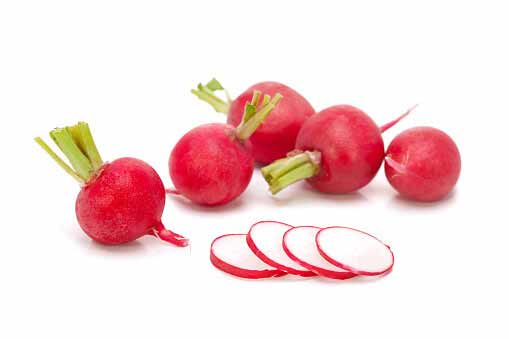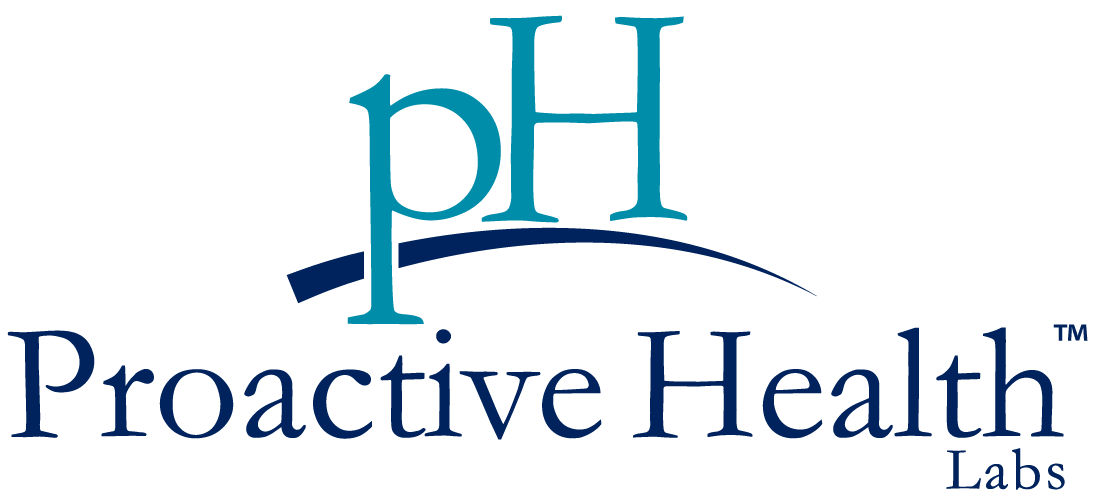How to Get Radishing Health
8 years ago | Nutrition
By Joy Stephenson-Laws JD, Founder
It’s #MeatlessMonday, so let’s be meat free today. Did you know that if you go meatless every Monday for a year (52 days total), you may reduce your risk for certain diseases including cancer, heart disease and more?
Going meat free may be intimidating for some of you, but I find it helpful and motivating when I know the invaluable nutritional content of certain fruits and veggies. Healthy foods are versatile and relatively easy to incorporate into our daily diets.
So let’s take a look at the radish, a root vegetable that is cousin to cabbage and comes in an array of varieties including the daikon, black, winter and horseradish. Yes, horseradish, that delicious kick you often taste in a lot of cocktail sauces, is a type of radish!
And you may want to consider putting this peppery, crunchy veggie on your list of daily foods whether you are going meat free or not!
One cup of raw radish contains:
- Calcium, 29 mg. Not only is this mineral essential for maintaining healthy bones and teeth, but adequate calcium may also decrease your risk for colorectal cancer. Recent studies confirm high calcium intake is associated with a lower risk of colorectal cancer among both men and women. Maintaining the correct levels of calcium in your system may also reduce the risk of breast cancer.
- Magnesium, 12 mg. This must-have mineral helps with blood pressure regulation and also has antioxidant properties. Several studies have also shown an improvement in the severity of symptoms of depression when study participants were given 125-300 mg of magnesium with each meal and at bedtime.
- Phosphorus, 23 mg. This mineral works with calcium to build strong bones and teeth. It is also needed to help balance and use other vitamins and minerals including vitamin D, iodine, magnesium and zinc.
- Potassium, 270 mg. There’s a surprising connection with the liver and potassium. Liver injury or infection causes patients to urinate their potassium out. When the liver heals, the potassium levels start to go back up. This has implications for people with chronic liver problems, in terms of both diet as well as use of medications, since very low potassium levels can be more dangerous than the liver problem alone. Potassium may also help keep blood pressure under control and may even help reduce kidney stones and bone loss as you age.
- Sodium, 45 mg. This often feared mineral is something we may have been told to avoid, but in reality sodium helps to engineer the actions of every human cell. Every human action including eating, thinking, running and working depends on adequate sodium. Just be careful and talk to your doctor about your particular sodium needs. Avoid processed foods, which usually contain way more sodium than any of us need. Radishes are a healthier, more natural way to get sodium. And with its delicious, peppery flavor, you may find yourself putting the salt shaker down.
- Vitamin C, 17.2 mg. You likely know about the immune-boosting benefits of vitamin C, but what about this nutrient’s importance regarding aging? Click here to find out.
- Folate, 29 mcg. Folate (also called vitamin B9) is a very important nutrient, especially for pregnant women. Folate may also help prevent cancer and heart disease and improve mental health. A study from Harvard Health demonstrated folate may also be useful in treating symptoms of depression.
- Choline, 7.5 mg. According to University of California Berkeley, “[r]elated to the B vitamins, such as folate and B12, choline plays many essential roles in the body. Notably, it is needed for the synthesis of acetylcholine, a key neurotransmitter, as well as lecithin, which helps maintain cell membranes, transmit nerve impulses, process fat and cholesterol, and perform other tasks.”
- Lutein + zeaxanthin, 12 mcg. These are two carotenoids and antioxidants that concentrate in eye tissue. According to the American Optometric Association, “[l]utein and zeaxanthin filter harmful high-energy blue wavelengths of light and help protect and maintain healthy cells in the eyes. Of the 600 carotenoids found in nature, only these two are deposited in high quantities in the retina (macula) of the eye.”
- Phytosterols, 8 mg. The National Institutes for Health (NIH) says these nutrients may help lower cholesterol. They found evidence of this in both human and animal studies.
- Pelargonidin, 73.2 mg. This is a phytonutrient that has powerful, anti-inflammatory properties, which may help ward off all types of diseases, including cancer.
So as you can see, eating radishes is actually worth it! In addition to tossing them in salads, I like to add to a sandwich for more texture and a peppery, crunchy bite. You can also use them as “chips” for guacamole, hummus, salsa and other dips. Check out these delicious recipes that incorporate radish. And don’t toss the greens of the radish! Blend those in a smoothie for a nutrient-packed punch.
I hope this keeps you on track for Meatless Monday. Please feel free to share your healthy recipes, or let us know which fruits and veggies you want to know more about. Let’s embark on this healthy journey together.
Healthy food is medicine.
Enjoy your healthy life!
The pH professional health care team includes recognized experts from a variety of health care and related disciplines, including physicians, attorneys, nutritionists, nurses and certified fitness instructors. This team also includes the members of the pH Medical Advisory Board, which constantly monitors all pH programs, products and services. To learn more about the pH Medical Advisory Board, click here.



